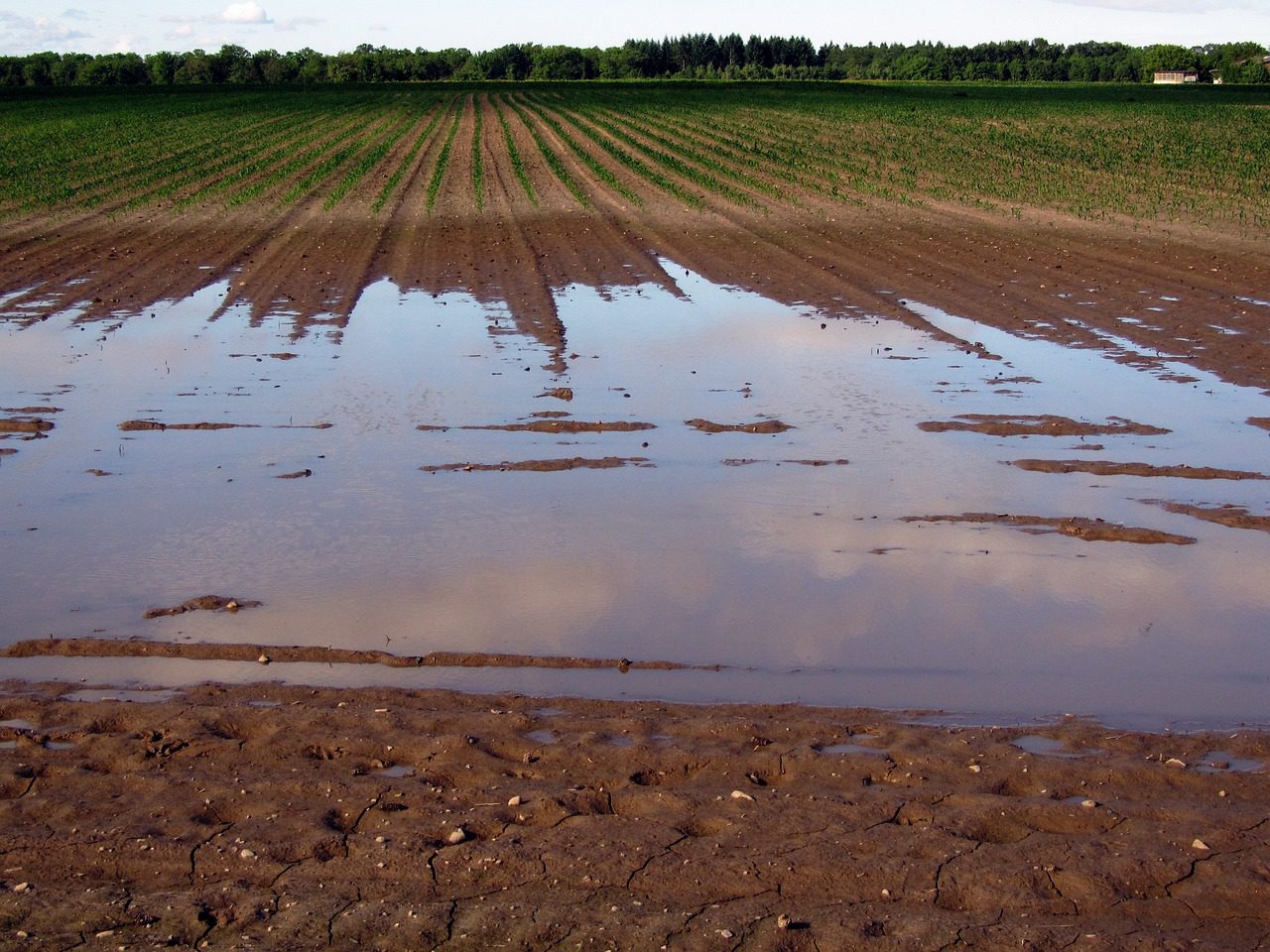See what should be on your plate for your citrus grove or other ag operation after a hurricane has passed.
We shared information on making a hurricane plan, and now that the Atlantic hurricane season has started, you need to also make sure that you have a plan for after a hurricane. Most organizations involved in hurricane predictions are forecasting an above-normal hurricane season, including the National Oceanic Atmospheric Administration’s (NOAA) Climate Prediction Center; Colorado State University (CSU)’s hurricane researchers label it a possible “extremely active Atlantic hurricane season.” Find information on what you need to do once the storm has passed, according to a Citrus Industry article, below.
What to Plan for After a Hurricane
According to Chris Oswalt, a UF/IFAS citrus Extension agent covering Polk and Hillsborough counties quoted in the article, “job No. 1” after the storm “is making sure everyone is accounted for and safe. Once everyone is out of danger, agriculture-related recovery and cleanup can occur.
Your plan for after a hurricane should include:
“Activity checklist: An activity checklist will help ensure that all essential damage assessment and recovery operations are carried out. Additionally, a plan that prioritizes the importance of individual blocks makes grove recovery efficient. With a priority plan, managers can quickly determine where to begin recovery operations.
Employee call-in: Maintain a current list of employee locations and phone numbers. As soon as it is safe to do so, call in those who will be needed for damage inspection and grove recovery work.
Damage inspection: If roads are passable, inspection of tree and equipment damage may be conducted from trucks. Since flooding, downed trees and electrical poles may have blocked roads, large growers should consider making prior arrangements for a helicopter or flying service to transport the grove manager to survey grove damage. Aerial surveillance can also determine routes of passage through the grove.
Clear road access: Have crews clear all roads leading to parts of the grove where trees must be reset, or other recovery activities must be conducted. Having a clear path for workers will speed up the recovery effort.
Water removal: Remove excess water from tree root zones as soon as possible. It is essential to accomplish this task within 72 hours to avoid feeder root damage due to insufficient oxygen.
Tree rehabilitation: Resetting of trees to an upright position should be accomplished as soon as possible after the storm. Ensure that employees know how to properly upright toppled trees and that appropriate equipment is available. Such equipment might include pruning saws, chain saws, front-end loaders, backhoes and shovels. Toppled trees should be pruned back to sound wood. Painting exposed trunks and branches with white latex paint helps prevent sunburn.”
Griffin Fertilizer is committed to helping both growers and ranchers make sound agronomic and economic decisions in order to maximize the health of their grove and pasture. As a full-service custom dry & liquid fertilizer blender and crop protection product distributor, we will continue our mission to further advance Florida agriculture. For questions -or concerns about your farm or pasture, contact us and one of our team will be in touch.

